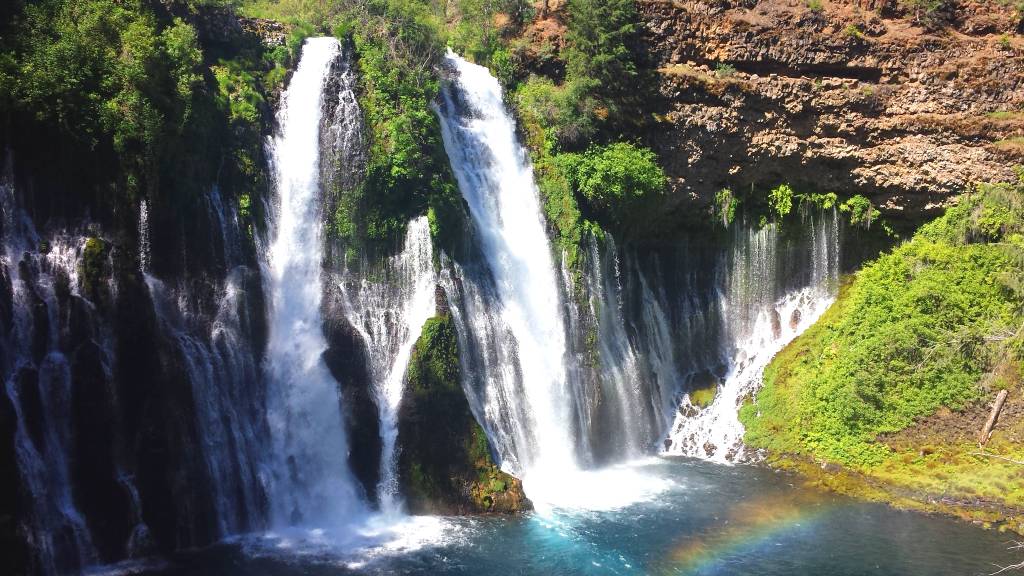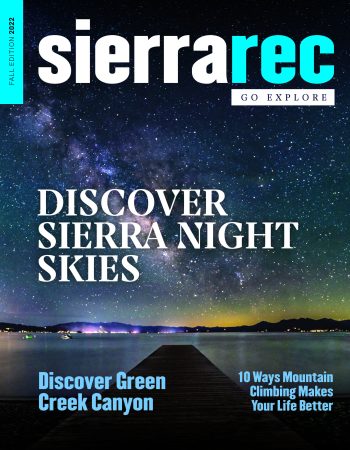A beginner Guide to Night Photography
Stargazing is one of the most ancient and deeply inspiring practices that we do as humans. It connects us to the heavens. Photographers have taken stargazing to another level, capturing the vast expanse of the night sky and transforming it into art.
So much of photography is pursuing, observing and capturing light and night photography is no different. As a photographer, capturing stars can seem intimidating but, if done properly, can result in stunning images of the Milky Way and beyond.
There are some pretty simple things that will help the budding photographer in their journey into the night sky.

The Right Photography Equipment
First, you’ve got to have the right equipment. The first of the three essentials is a digital camera with good ISO capabilities (full frame if possible but not required). Ideally get yourself a fast, wide angle lens, typically something that can shoot wide open at f2.8 or more and around 14-24mm. A prime wide angle
lens or a zoom lens in this range would be perfect.
The last and most essential thing is a solid tripod. You will be shooting long exposures so a steady tripod with as little camera shake as possible is crucial. A
flashlight is not essential but is useful for both seeing what you’re doing and using it for light painting to illuminate your foreground. There is plenty of other equipment that would help out in the field, but for the beginner this is all you need to get started.
Picking a Location
The next step is picking a location with a dark sky with no moon and as little light pollution as possible.
Do your research and find out when there is a new moon, when the Milky Way is visible in your area (it
is seasonal) and find a remote location with little to no light from cities.

I use an App called PhotoPills to track the rise and set of the moon and the Milky Way and use Dark Sky Finder to check the light
pollution in areas I am contemplating shooting. There are a wide variety of options out there though.
Once you have gathered your gear and have your location and timing figured out, it’s time to get shooting! First tip, always always always shoot in Raw. Just do it! When on location in the dark, it is best to use live view and manual focus so you have the most control over your focal point. Once you have
chosen your focal length and composed your shot, you want to choose a bright star or a light far in the distance to focus on.
ISO Settings
You will need to zero in on the best ISO setting, shutter speed and aperture, which will take some
tinkering. If you don’t have a good understanding of how these three setting work together it would be
wise to do some research on the exposure triangle. An ISO of 3200 is a good place to start and adjust it
as necessary to reduce noise and accommodate the other settings.
Long exposure times are key for shooting the Milky Way, but not too long or you will start to see star trails from the earth rotating.
Without getting into the 500 or 600 rules, as they can be confusing, the best bet is to shoot between 15 and 20 seconds and adjust it back if you start to see star trails. Shooting wide open at f1.4 or f2.8 is best to let the most light in as possible. If the focus is soft you will want to adjust down a bit. If you want to
light up the foreground run the flashlight over the area quickly. There will surely be some post processing that will need to be done to get the full effect of night shooting, but if you take your time to get it right in camera you will have the raw images you need to create some pixilated magic.
While the mechanics of shooting the night sky can seem overwhelming at first, getting the basics down will help you to integrate it as second nature in your photography, which will ultimately allow you to be present in the moment and let you revel in the beauty of the night sky while shooting.

Be Present
One last piece of advice I would give as an artist and as a devotee to the natural world is to be present. Photography is a beautiful modality but can take you out of the moment a bit when trying to get everything right on a technical level. If you can do anything in those seconds of stillness and quiet as you
wait for the light to reveal itself in camera, take it in, let the universe unfold and show you her magic. It is not just your eyes that adjust to see the depth of the light of the stars, it is your heart and soul as well.
All images courtesy of Willow Photography











